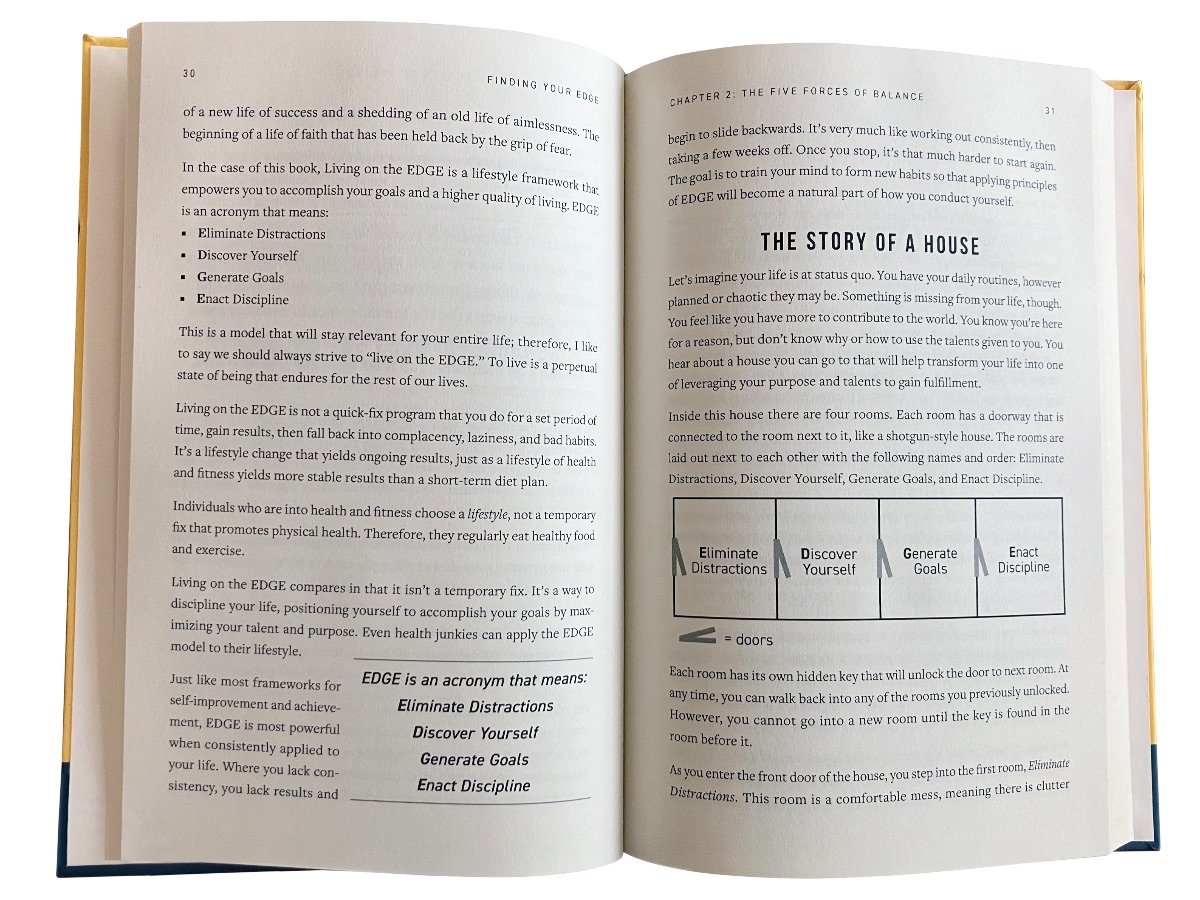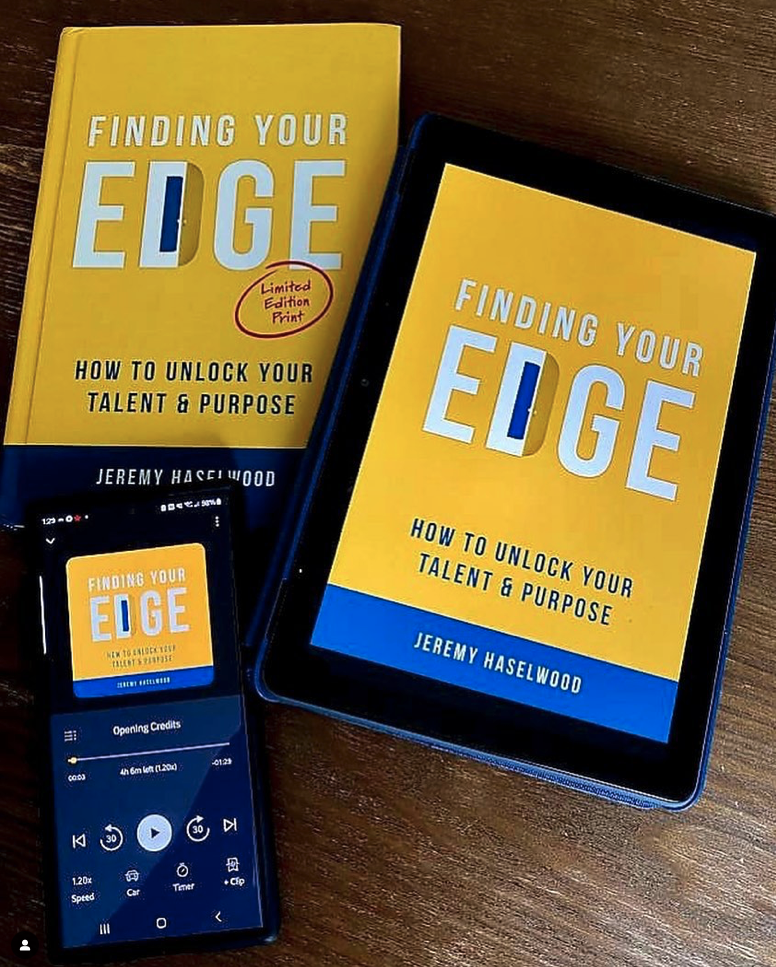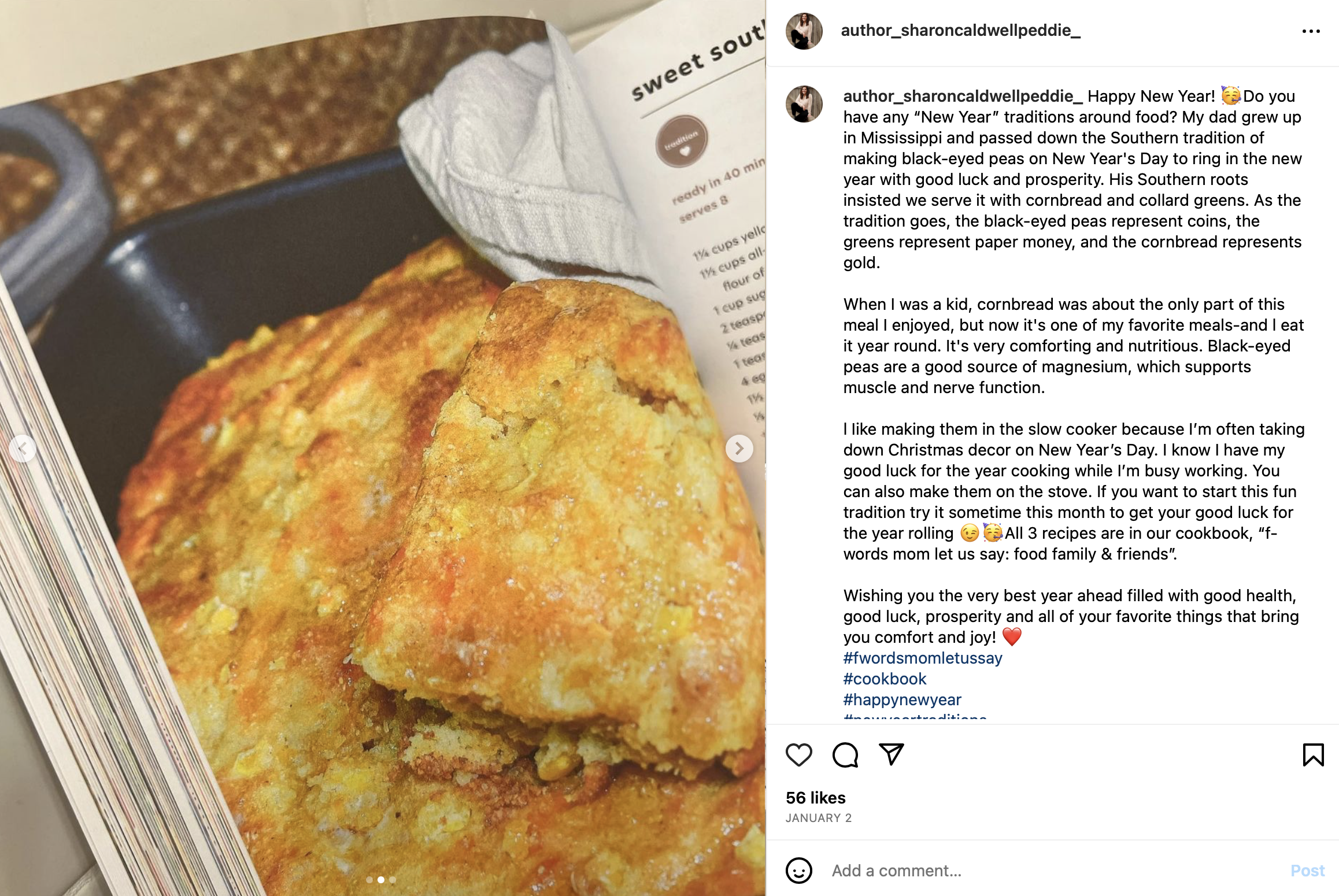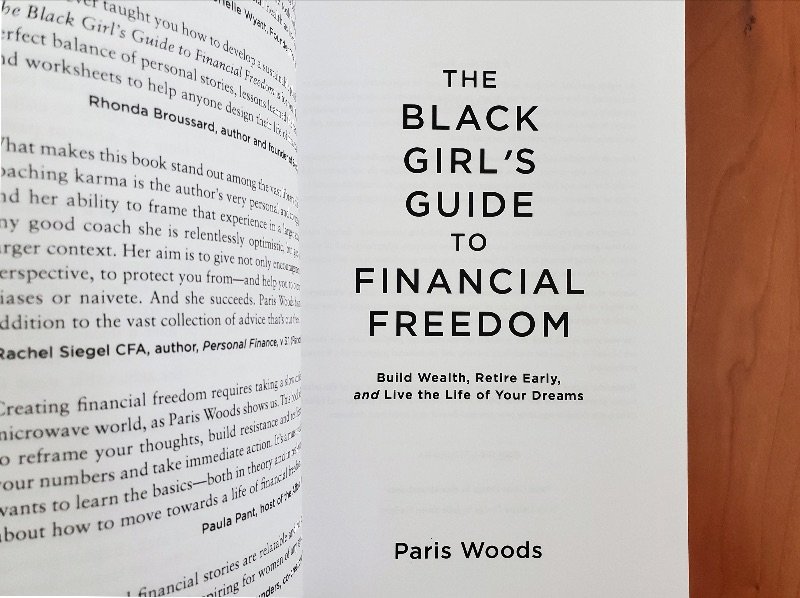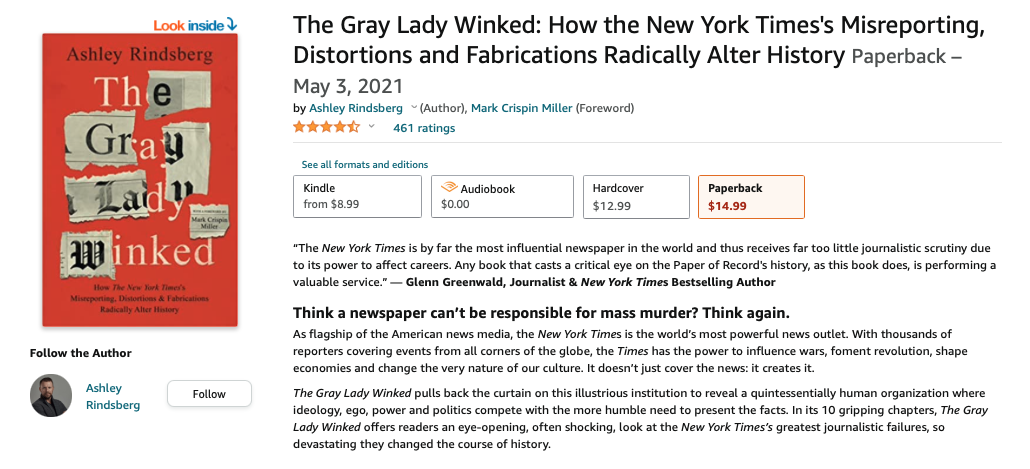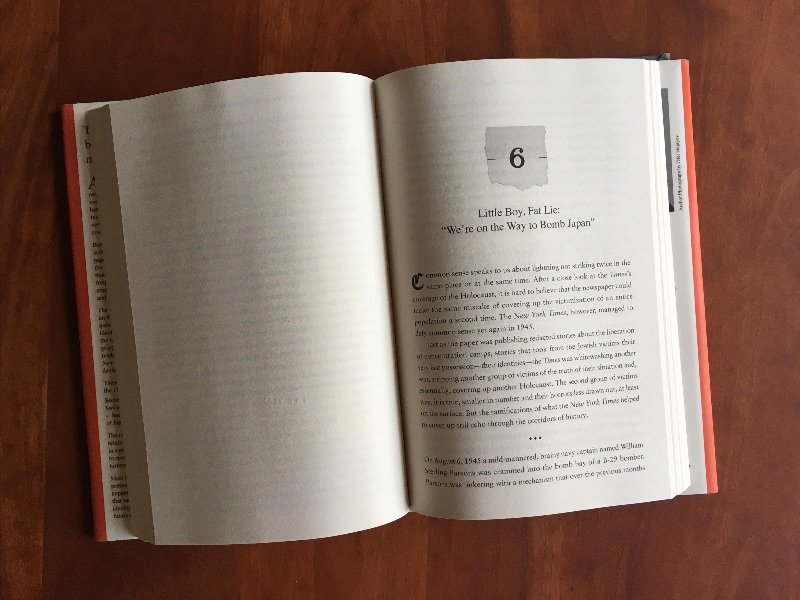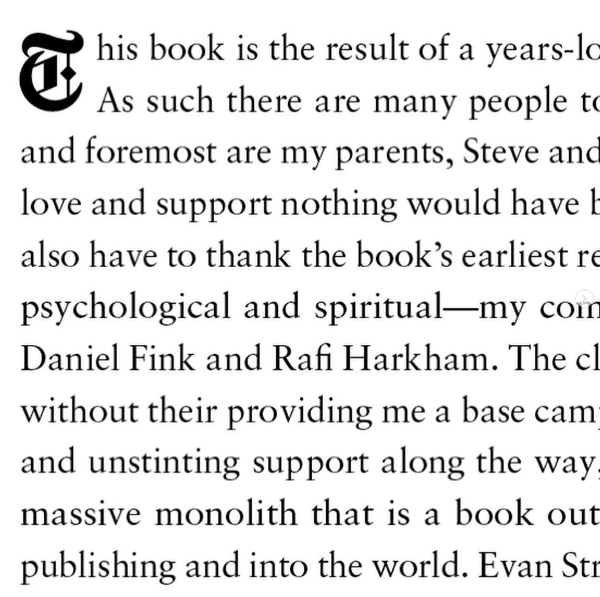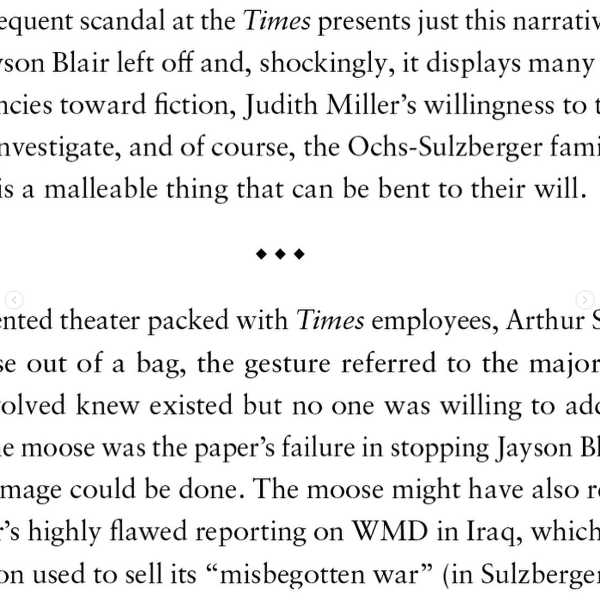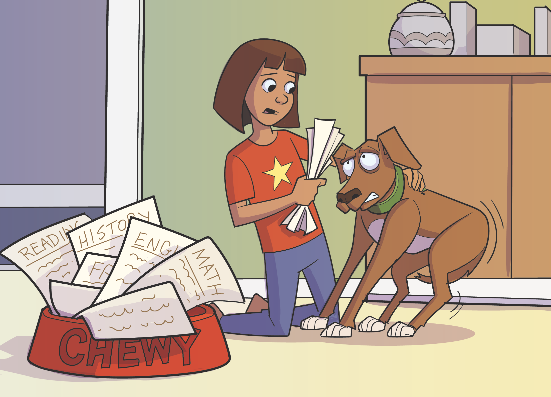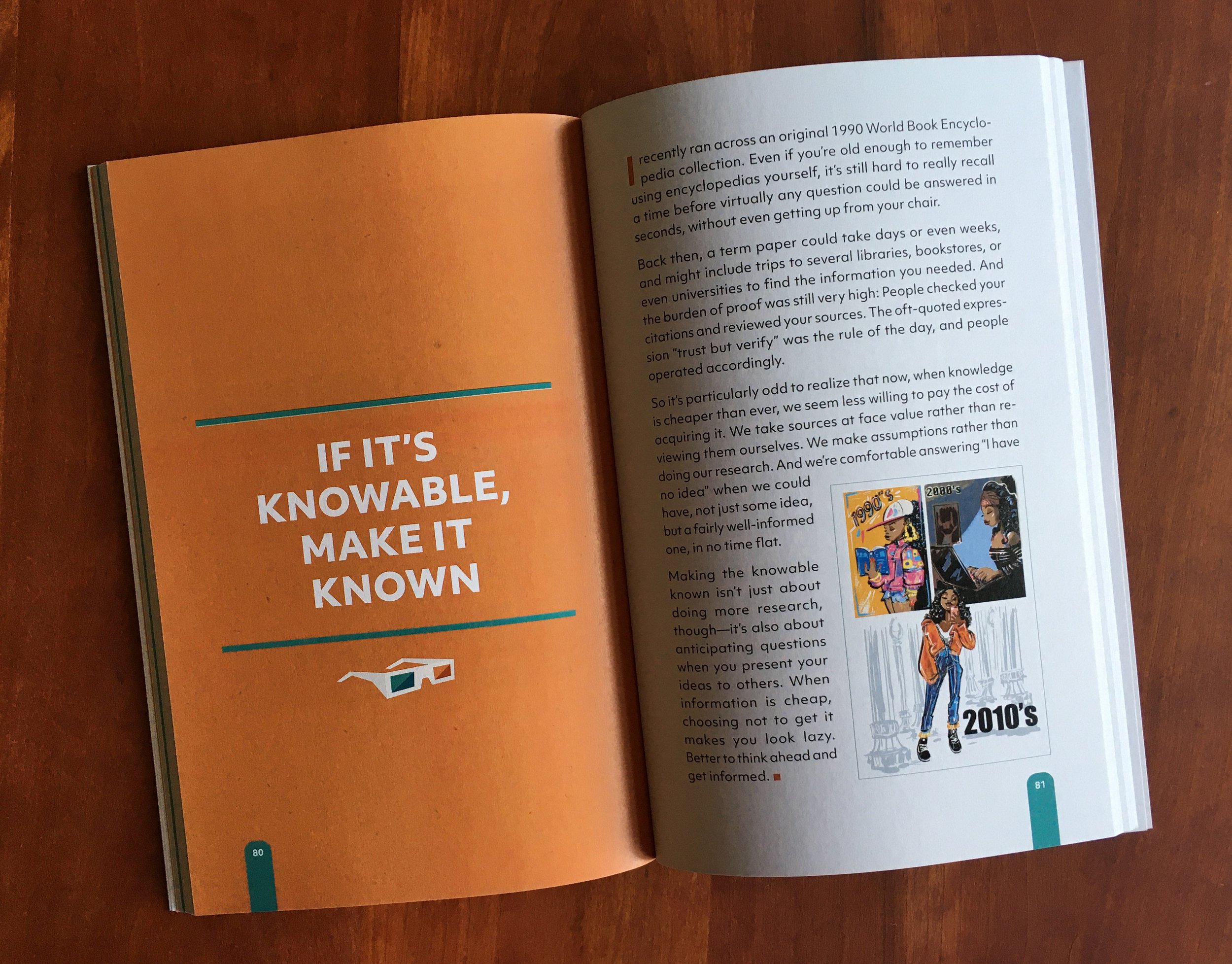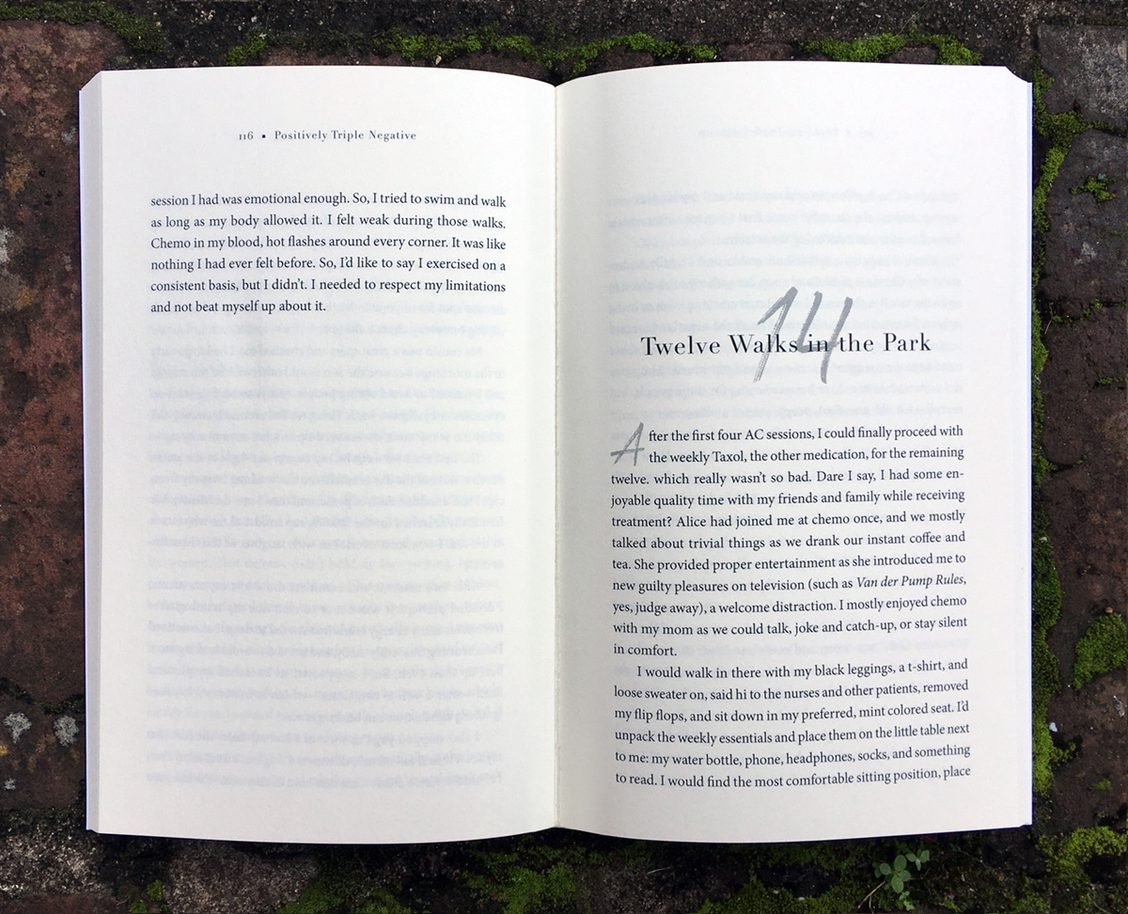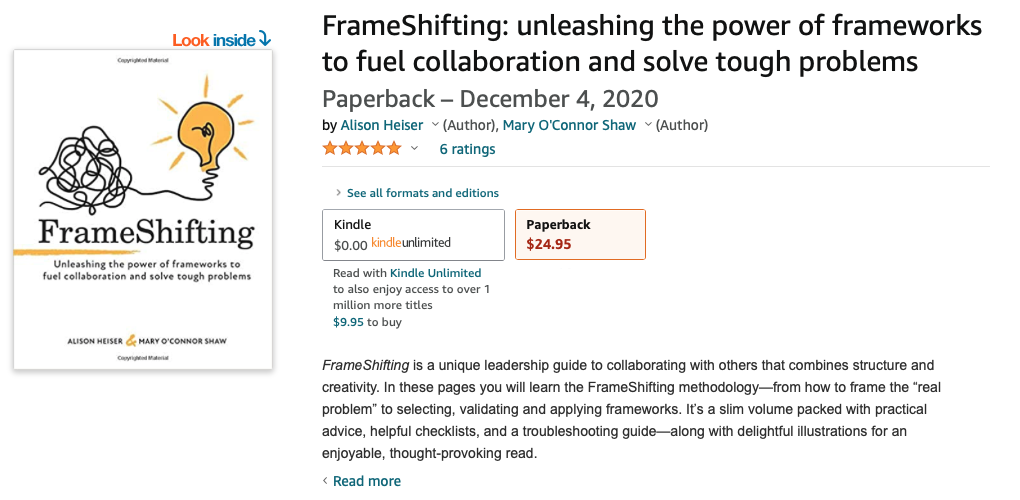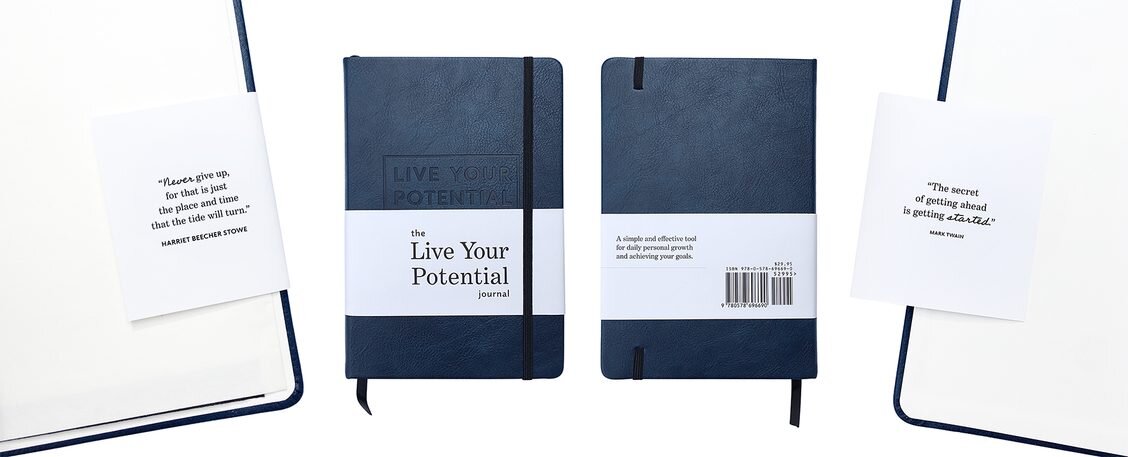How long does it take to get a book to market?
It almost always takes longer than a first-time author thinks!
But sometimes extending the development, production and release process over a longer period of time is the best thing for the marketing of your book.
When Harvey Lee from London, UK first approached me about designing his book interior, I could tell he understood that releasing a book is a time-intensive project. He is a product marketing expert with 25+ years working with big brands, and knows what it takes to get a product to market.
Harvey booked a brainstorming call with me in March 2023, we worked together from June to August of 2023, and his rockstar of a book is out now—as in, today!—February 14, 2024. ⚡
Harvey put a lot of research into his decision to self-publish, his book brand, and his book launch. He let me pick his brain so that you can understand how he made key decisions about his book as well as the timeline he planned on.
Believe it or not, even Harvey was still surprised how time-intensive some stages of independent book production were. We'll talk about that in this case study, too. I hope Harvey's insight will help you see how much planning goes into a rockin' #bookdone.
Harvey's Book Done Timeline
✍️ Writing started: Early 2019 (with a break in 2020)
📩 First contact with Julie: March 2023
(while book was being edited and proofread)
🎨 Files ready for design and layout: June 2023
🖨️ First copy of the book printed: August 2023
✔️ Book done (released): February 14, 2024 (today!)
Harvey's Book Brand: Creation, Research and Implementation
Part business book and part personal memoir, Backstage Pass is an entertaining mixture of tales from the music, video game and tech industries overlaid on stories of grit and determination, equipping readers to embark on an adventure of their own making.
From early on in the process, Harvey developed various visuals and words that he would associate with his book which he tagged "50% Rock & Roll, 50% Business, 100% True". The red color and neon glow, backstage pass theme, tag line and lightning bolt became mainstays in his book design, book website, book marketing, and so on. This marketing thinking before the book design even began made sure Harvey developed a strong book brand.
Being a marketing pro, Harvey did market research about how these particular visuals and words would communicate with his target audience, and discovered some interesting things, such as:
With his book's branding nailed down, Harvey moved to book cover design. His designer created a book cover that implemented all elements of his brand. When he came to me to talk about his interior, his front cover was done and he was finalizing his back cover and dust jacket flaps. I generally don't design an interior until the front cover is finalized, because I like the two to match.
When I designed Harvey's book interior, I played off of the book's branding as well as the typefaces and design elements used on the cover and dust jacket flaps (above right) to create an interior that jives perfectly with the Backstage Pass brand and the look of the book cover. Below are selected pages from the interior—lots of photos, memorabilia and direct dialogue in this book!
Don't tell Harvey, but I removed scratches from this original photo of him in Reno, NV to improve this half-page picture [insert joke about Harvey's 90's short shorts here!]
Harvey and I decided during our brainstorming session that it didn't make sense for him to pay upwards of 3x as much for full color POD book interior printing. The print interior would be in grayscale. (As he said, "I am an author, but I am also a businessman!") But my developer Luca and I took a few extra steps to make sure the photos were in color in the ebook, for ereaders that can display color.
The body text in the interior was based on the style of "The Lives of Brian", a memoir with a font size Harvey found comfortable to read. I ordered a print copy of that book and matched the body font size, line spacing and typeface as closely as possible, to make Harvey's book an equally easy read. Harvey and I reworked various paragraphs where the line breaks were awkward and reworded sentences or changed letter tracking, justification settings, etc. to make every line perfect. When Harvey finally received his first print copies, he sent me a video of them and said, "My book doesn't 'look self-published'. It looks like a professional book from a big name publisher!" I told you it would, Harvey!
Why Harvey Choose to Publish His Book Independently (Self-Publish)
You may be wondering whether self-publishing is a good idea. Harvey had the same question and did a lot of research about whether he should self-publish or sign a deal with a traditional publisher.
Here is what he learned: self-publishing used to be for people who could not get a traditional publisher interested in their book. But this is no longer the case;over the past ten years, the self-publishing industry has exploded.
Some self-published book end up on the New York Times or Sunday Times bestseller lists. Being an Amazon bestselling book within a particular category has become possible for independently-published books. A huge range of support services have emerged for self-published authors, depending on the author's needs and budget. Because of this, there are and more high-quality self-published books.
A critical factor for a self-published book reaching a wide audience is the author's own platform or network. Through social media (anything from LinkedIn to TikTok), today's authors have direct access to their target audience and can share their material in a cost-effective and scaleable way. (Even traditional publishers rely on an author's platform to reach a wider audience, so this is important no matter which way you choose to go!)
Self-publishing gave Harvey the freedom to:
Control the content he wanted to include in his book.
Set his own timeline for the entire project. Traditionally-published books are usually released 18-24 months after a book deal is signed and unless you are a household name, you have little say in the publishing date.
Choose his own book formats. Ultimately Harvey chose to release it in hardcover, paperback, e-book, and audiobook.
Determine the pricing and give away ebooks or run promotions whenever he wants.
Handle his own marketing (especially good if marketing is your profession!), manufacturing (in this case, he used Lightening Source POD for printing), and distribution.
Important questions every independent author should ask before getting started on their book
What is my key objective in publishing a book?
Should I self publish or work with a publisher?
What is my book's genre?
What books would compete with mine?
What is a reasonable timeline for releasing my book?
What costs will I incur and what can I charge per book?
What visual identity do I want my book to have? (ie: branding)
What formats (softcover, hardcover, ebook, audiobook, etc.) should the book appear in?
Which channel(s) will I use to promote my book?
Which team members do I need to accomplish this goal?
Harvey's Tips For a Successful Independent Book Launch
1. Define clear objectives. 🎯
The cornerstone of an effective book launch strategy is defining clear objectives. Take time to think through your end goal in creating and producing a book, as it will dictate your subsequent decisions.
On my (Julie's) book project questionnaire, I ask people to share their objectives with me:
2. Make decisions about book formats. 📖
The choice of book format—hardback, paperback, ebook, or audiobook—is pivotal. While certain formats may be mandatory, such as producing at least one paperback, the associated time and cost considerations vary significantly. Creating both a hardback and paperback creates a few additional complexities and it's important to determine whether it is worth the extra effort or expense.
Audiobook production is also a nuanced process. Ask yourself if your book is suitable for audio format, and whether you should narrate it yourself or get someone else to narrate it. Harvey ultimately chose to narrate the book himself and have the audio files professional mastered, but it was a time-intensive process!
3. Make smart decisions about release timelines. 🕒
Just because your book files are ready does not necessarily mean it's time to release your book. Print-on-demand might make it easy to say that your book is launched, but allowing time for a pre-order campaign and to build your author platform may allow you to rank higher on book distributor websites when your book becomes available. Audiobook distribution requires a longer lead time than POD printing, and to have all formats available at once, you must prepare the audiobook well in advance. (Julie's recommendation is to record it after the print copy is finalized, because content changes always occur after typesetting!) Research what time of year is best to release books in your genre or to your particular audience. Harvey picked February 14, 2024 as his release date because it is memorable (💘) but also to allow enough time to build awareness of his book and get more pre-orders. He could have released in November but learned from Nielsen Book Data that Q4 was full of big book launches already and didn't want his book to get lost among many other new releases. January is not a good month for book sales, so February was the next best month to enable him to meet his original objectives for his book release.
4. Recognize how important your author platform is to obtaining a wider reach for your book. ✍🏽
Ann Handley says that authors are in the business of sales. Building your author platform ahead of time gives a great boost to your marketing, whether your book is traditionally published or self-published.
5. Strike a good balance with your marketing, to limit unnecessary costs. 📢
Marketing is critical to getting your book to a wider audience, but it is also often a weak spot for independent authors. While you can choose to hire all of your marketing done for you, the slow, organic process of word-of-mouth marketing and the power of social proof, reviews and a well-prepared market are even more powerful.
6. Plan the time you need for overseeing proofreading. ✏️
Despite having a substantial team helping him with his book editing, design and launch, Harvey discovered that he had to personally, meticulously oversee multiple rounds of proofreading. Keeping track of various file versions takes great attention to detail, and errors can sometimes be introduced during format conversions. While you can (and should) hire professionals for proofreading, the onus is ultimately on you, the independent author, as to what content is in your final book.
How Harvey got book endorsements
Before design and layout (one year before release): Harvey gave home-printed manuscripts (before design and layout) to about 30 early beta readers. This was part of the review and editing process. He got some great endorsements/quotations.
After design and layout (six months before release):
He asked me to make a special copy of the book pdf labeled "Review copy. Trade only." This pdf had the front and back covers embedded in the same pdf as the interior layout and could be read on-screen or printed.
He printed copies of the "trade only" version and sent them to influencers and tastemakers from his own network.
He also got his PR team to distribute the PDF to media outlets. He found the digital PDF was great as a "first show" but that those who wanted to read the whole thing asked for a printed copy. All told, he printed about 200 trade copies.
Harvey used Book Sirens for general advanced reviews but found it to be most useful for advanced digital distribution for the ePub/Kindle or PDF versions for media.
He collected the endorsements he received and used them in his marketing.
Of course, a book like Harvey's came with a playlist!
Along with the boom of self-publishing, I have seen a boom in marketing professionals coming to me for the design of their self-published books.
Marketers are full of ideas and fun to work with. Harvey was no exception. Thanks for sharing your insights with other marketers and writers of all backgrounds, Harvey!
Launch your book this year!
Or take longer if you need it. I hope Harvey's planned and well-timed approach has given you some ideas about all the details behind a successful book launch.
Usually authors reach out to me about two to six months in advance of needing my print book design and ebook services. Even if you don't know exactly when your files will be ready for design and layout, you can get on my schedule ahead of time and I'll get started when your manuscript is complete.
Fill out this book project questionnaire (journal projects have their own questionnaire) if you're ready for an estimate.
Hang in there! Soon you'll be on the other side with your #bookdone. ✔️














